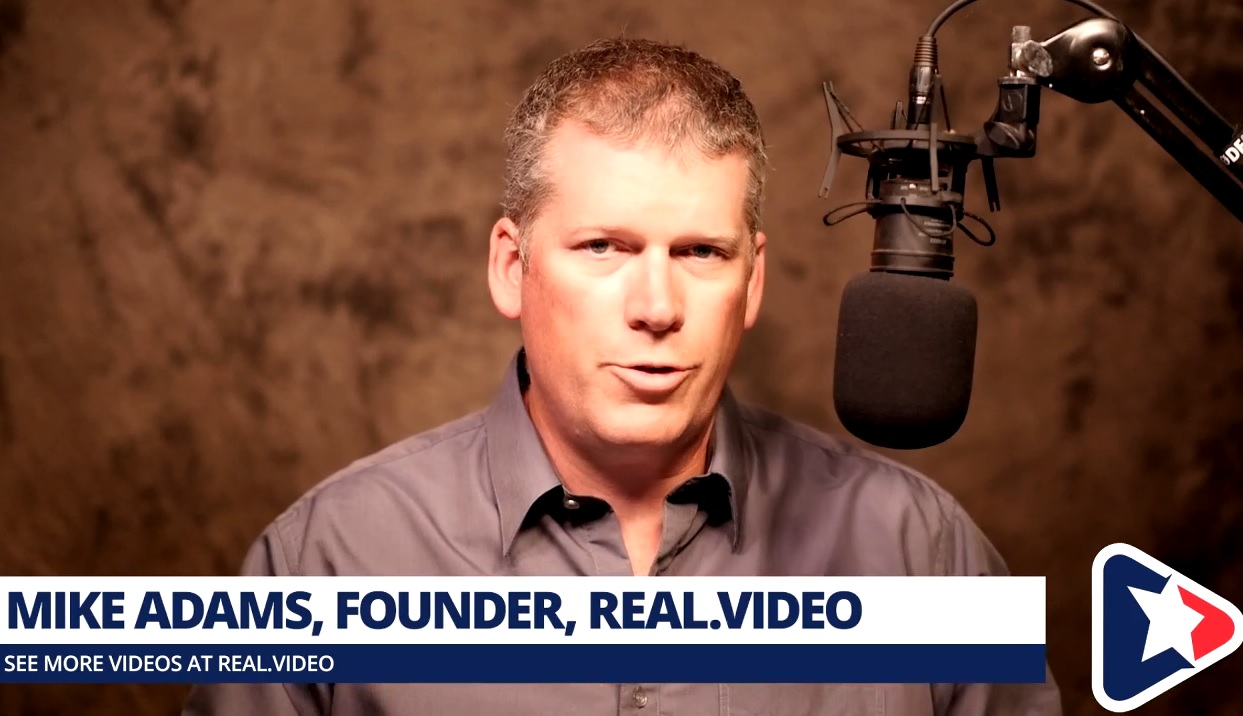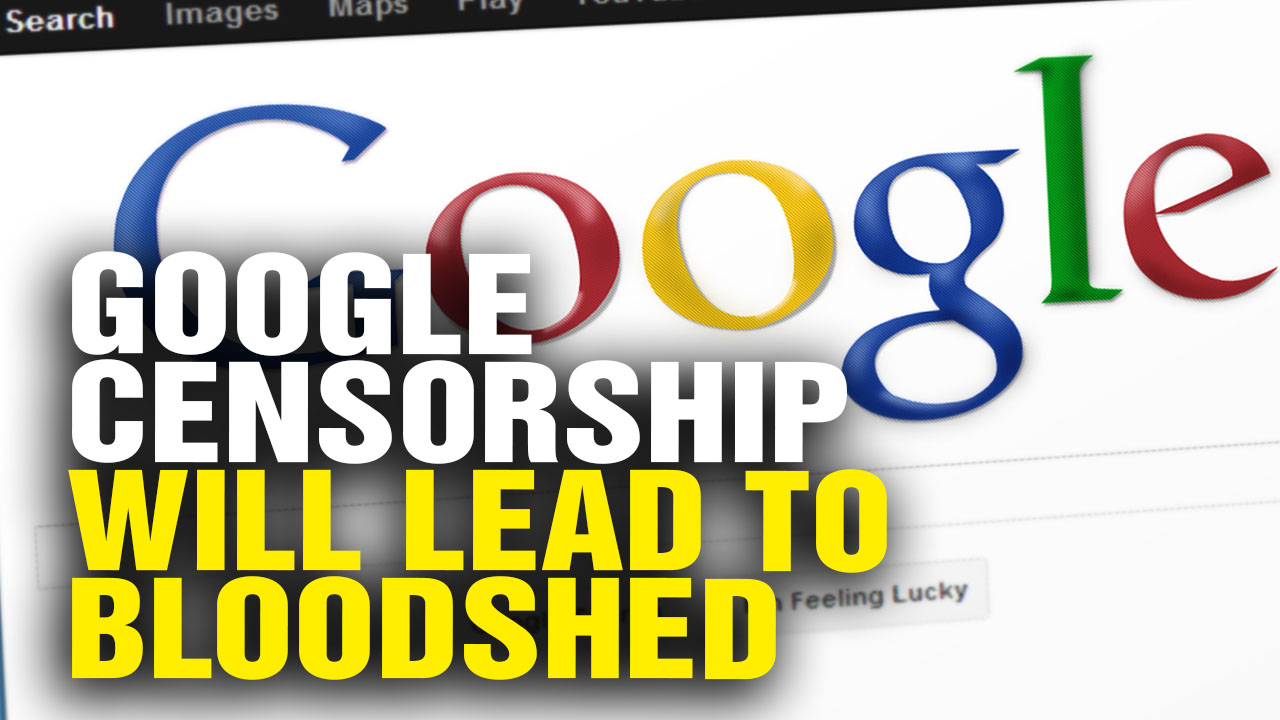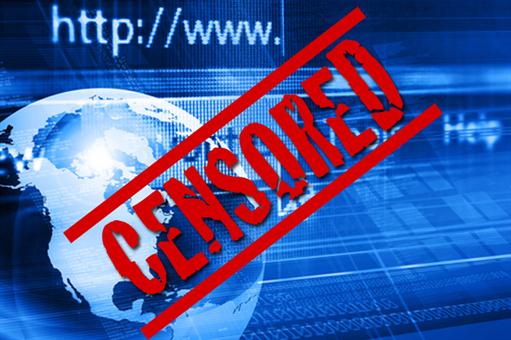How to create a new, private society with Gemstone University’s Ken Cousens – watch at Brighteon.com
08/29/2018 / By Ethan Huff

Have you ever wondered what life might be like without all of the burdensome rules, restrictions, and regulations in society that exist far outside the bounds of what the Constitution originally provisioned?
During a recent episode of Sarah Westall’s “Business Game Changers” program, which aired at Brighteon.com, Gemstone University‘s Ken Cousens discussed how we got where we are today, and revealed some powerful tips for establishing a new, private society by basically detaching oneself from the debt-ridden corporation known as the “United States” (as opposed to the non-corporate “The United States of America” that our Founding Fathers first contrived).
Believe it or not, many of the shackles that bind taxpaying Americans today are completely self-imposed, a product of the “silent” contractual agreements we willfully enter with the government that bind us to the government’s oftentimes extra-constitutional rules.
Everything from our birth certificates, to the way we file our taxes, to the driving “privileges” we blindly accept all play a role in the level of enslavement that each one of us agree to take on as part of living in modern American society.
United States bankruptcy in 1933 led to the creation of the UCC system
If you go back in history, you’ll find that the United States became a debtor corporation back in 1933, following the creation of the private Federal Reserve bank back in 1913. It was from this point on that the nation’s financial and monetary systems began to take a dramatic change for the worst, ultimately leading to the creation of what’s known as the United Commercial Code, or UCC, in 1952.
“The United States was put into reorganization,” says Cousens, highlighting the prolific change that took place in our country at that time.
This change followed other drastic changes that took place even earlier during the late 18th century, when the 13 original colonies began to lose their independence, as they were pushed towards federalization.
“When the Declaration took place, the 13 free and independent states, which is how they were called in the Declaration of Independence, came together to form a union, and that union was a confederacy, which means a federated or organized union of independent, sovereign body politics,” Cousens explains.
Be sure to watch the full video interview with Ken Cousens at Brighteon.com for more historical details.
How the UCC code and corporate personhood has ruined individual sovereignty
Fast-forward to today and the average American has, presumably unknowingly, become a slave to the same corporate “Crown” that are our forefathers shed their blood to escape. This was solidified, in many ways, with the establishment of the UCC.
The UCC basically requires that corporate persons – you and I if we haven’t already gained back our sovereignty using some of the methods proposed by Cousens– gain permission from the state to conduct business and make a living. The entire system is now commercial in nature, and is built upon things like loan documents, fiat currency (Federal Reserve Notes), and other monetary instruments that govern commercial conduct.
“The money in your pocket, Federal Reserve Notes, are a commercial instrument,” explains Cousens.
“There is a debtor and a creditor. You can see that by seeing that there’s two signatures … the signature of the Secretary of the Treasury and the Treasurer of the United States … one is the debtor, and one is the creditor.”
Cousens’ analysis and expertise on this subject matter is truly fascinating, as is his historical knowledge of what really happened in our nation’s history to put us back under the burden of the “Crown.” You won’t want to miss his full interview with Sarah Westall, available at Brighteon.com.
You can also learn more about the repercussions of this mass enslavement of the American public by visiting PoliceState.news.
Sources for this article include:
Tagged Under: Americans, Business Game Changers, confederacy, Constitution, corporation, Crown, enslavement, Federal Reserve, Federal Reserve Notes, Gemstone University, independence, Ken Cousens, priority, Real Video, Sarah Westall, slavery, taxpayers, UCC, United States, Universal Commercial Code



















